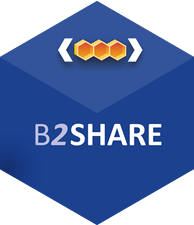
Overview
The EUDAT semantic annotation service aims to look at the technical options for providing a linked data service to EUDAT participants and stakeholders. The EUDAT semantic annotation service extends the integration of metadata to select data use cases from the Long-Term Ecological Research (LTER) community.
The Scientific Challenge
Within the LTER community, many data providers expose their data as simply structured spreadsheets or CSV files. To facilitate correct reuse of those data it is necessary to annotate them with concepts from controlled vocabularies that describe the meaning of data, their provenance, their features of interest and further details. Services providing information on the meaning and disambiguation of the data (like LD services) will facilitate reuse of data.
Who benefits and how?
The output of this data pilot project will be of interest for other communities and could be further developed as an EUDAT service.
Technical Implementation
The preset general goal of the pilot is to transform LTER data into Linked Data, which can then be accessible to a Data Manager who knows about the data and want to annotate the data for accessing the content through SPARQL queries.
Initial goal: sensor and observational data contained into csv files to be published as RDF and aggregated with general LTER metadata (LTER format) and site metadata published by Environmental Facilities (INSPIRE model).
The datasets are currently hosted within the LTER infrastructure and can be moved to EUDAT services to make them publicly available with licence information and metadata (B2SHARE).


